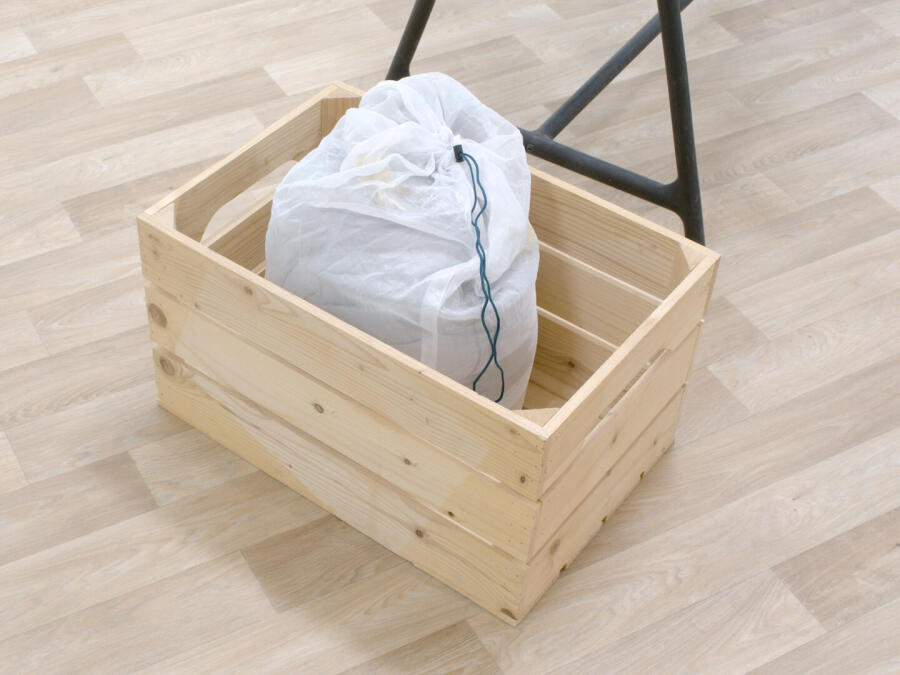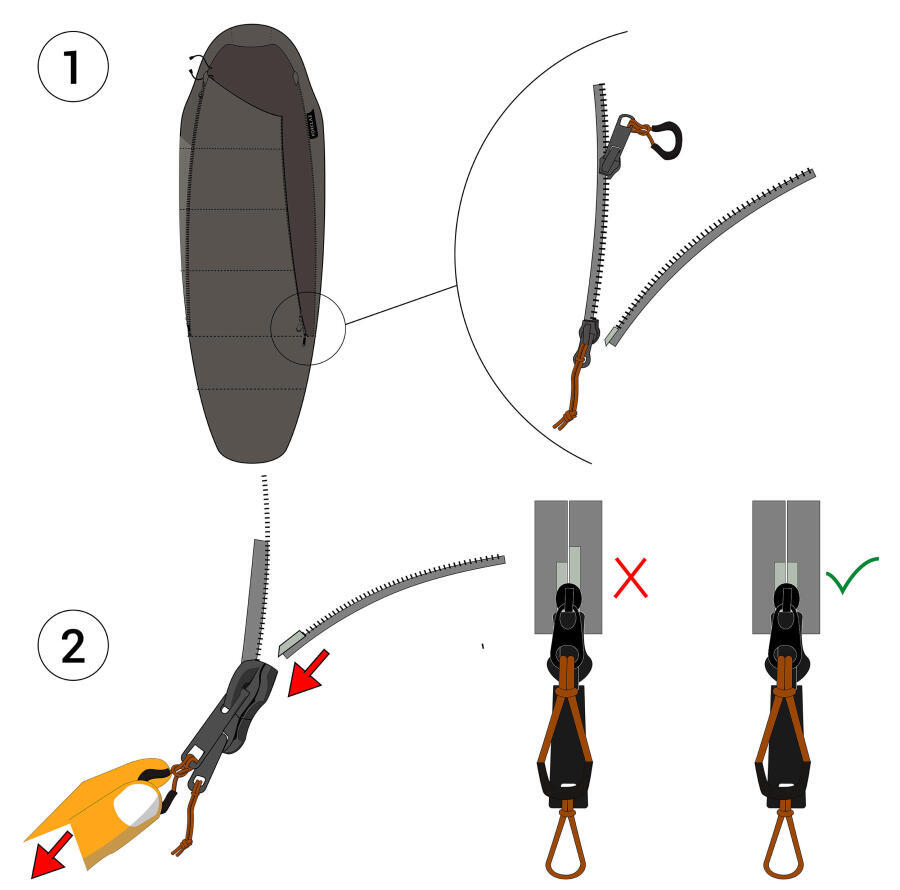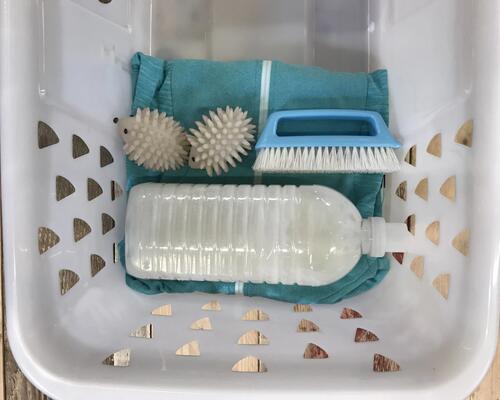How to wash a down sleeping bag?
Washing a product that contains feathers is much simpler than it appears, so long as you take a little care: down doesn't go well with water and clumps when it is damp.
Avoid washing your sleeping bag too often if you can and use a sleeping bag liner.
How to clean a sleeping bag?
You will have to fluff up the feathers and down at all stages in the washing process:
- Zip up all the zips on the sleeping bag and place it in the washing machine
- Add wash balls or 2 or 3 tennis balls (ideally worn ones to avoid loss of yellow fibres).
- Start a wash cycle at 30°C using your usual washing product (smaller dose than usual) or a washing product for duvets, that preserves their insulating qualities
-Rinse twice and set on very delicate spin to avoid feathers clumping together








